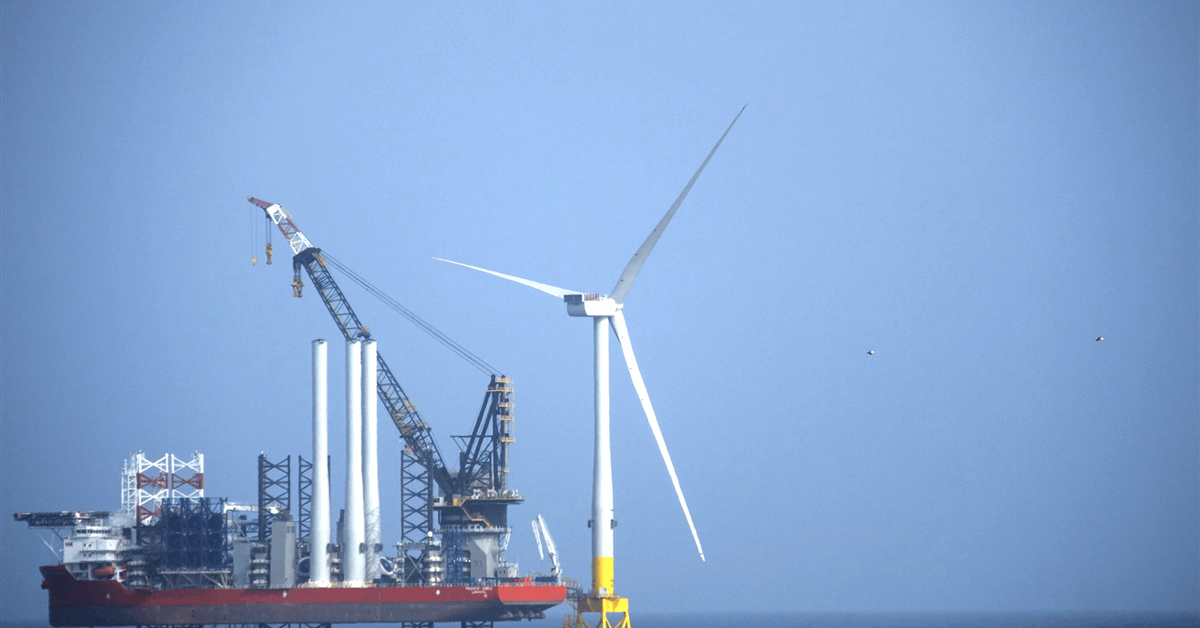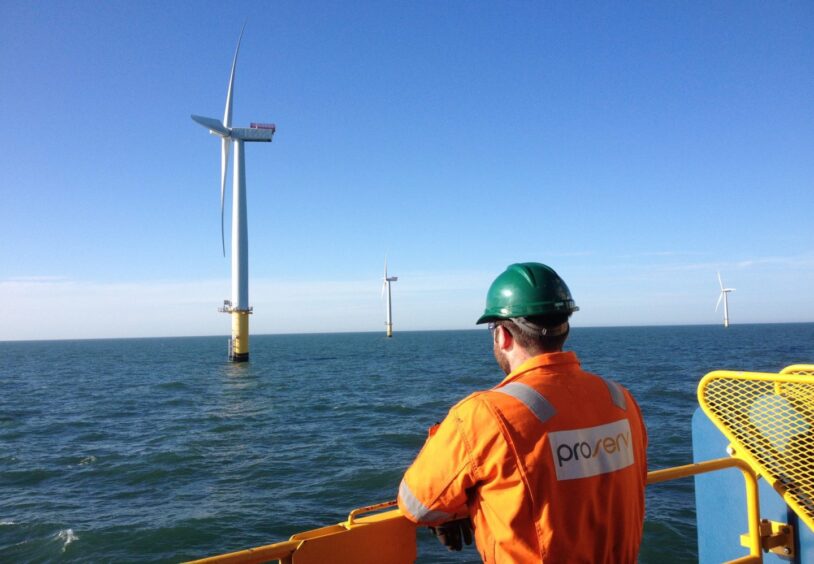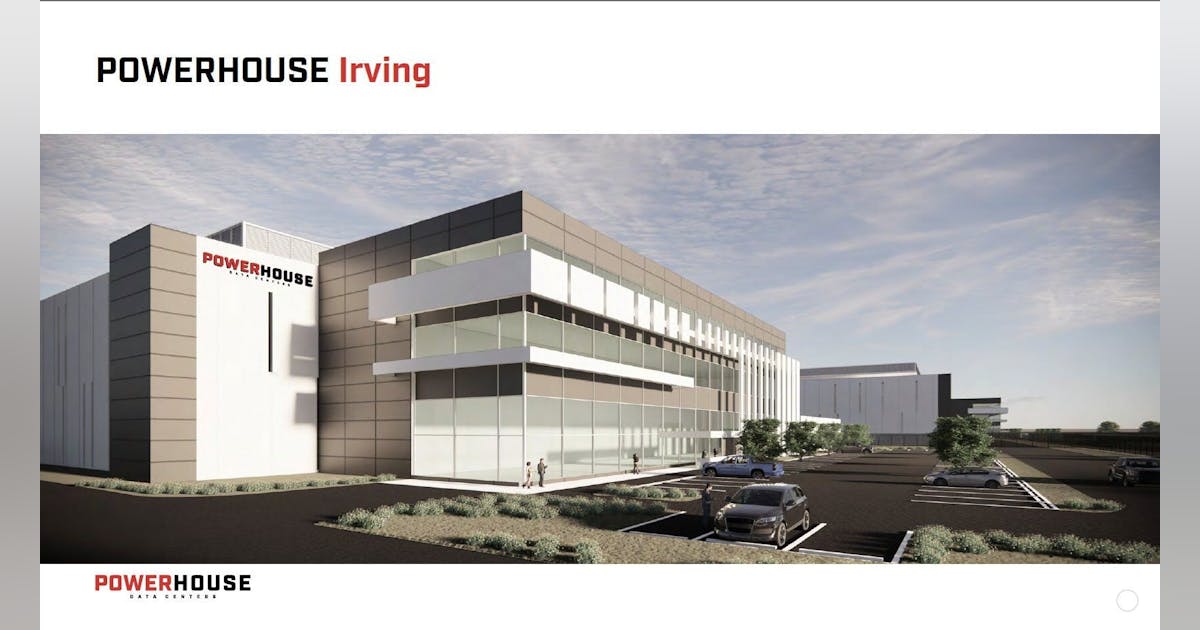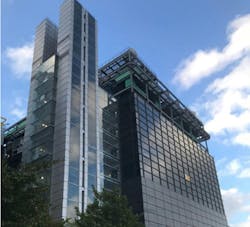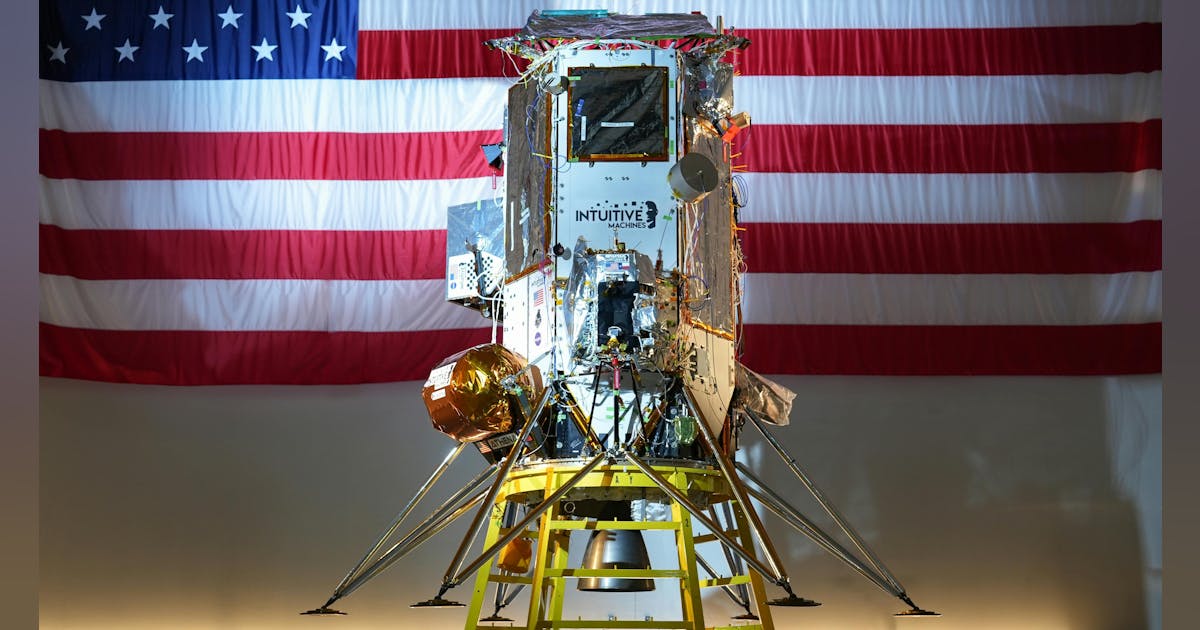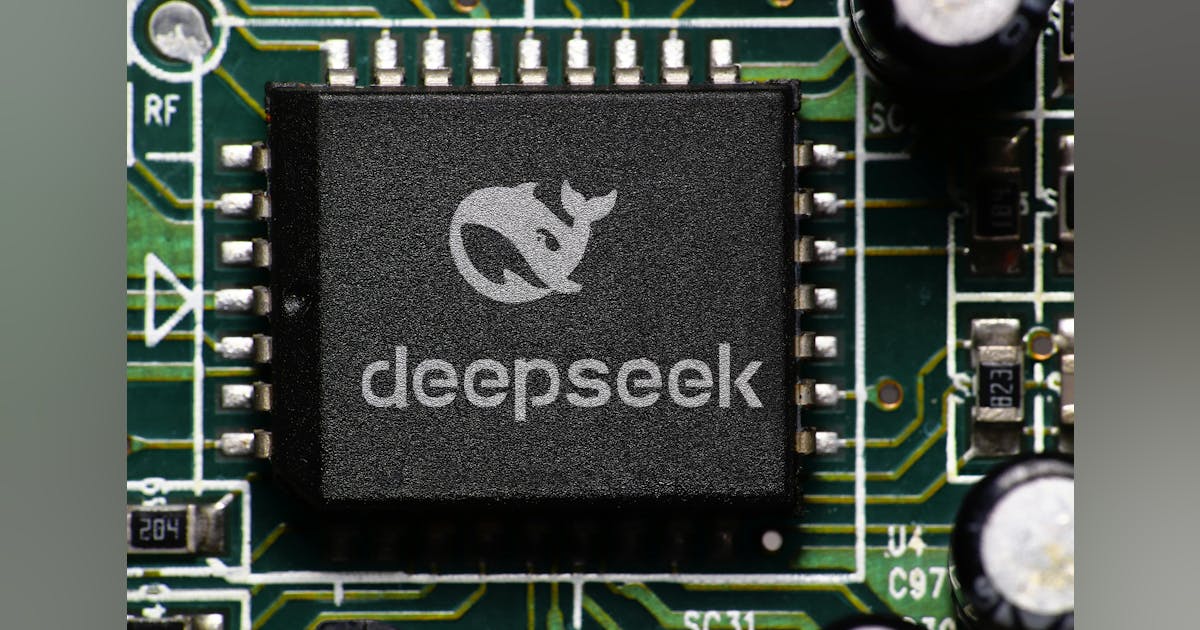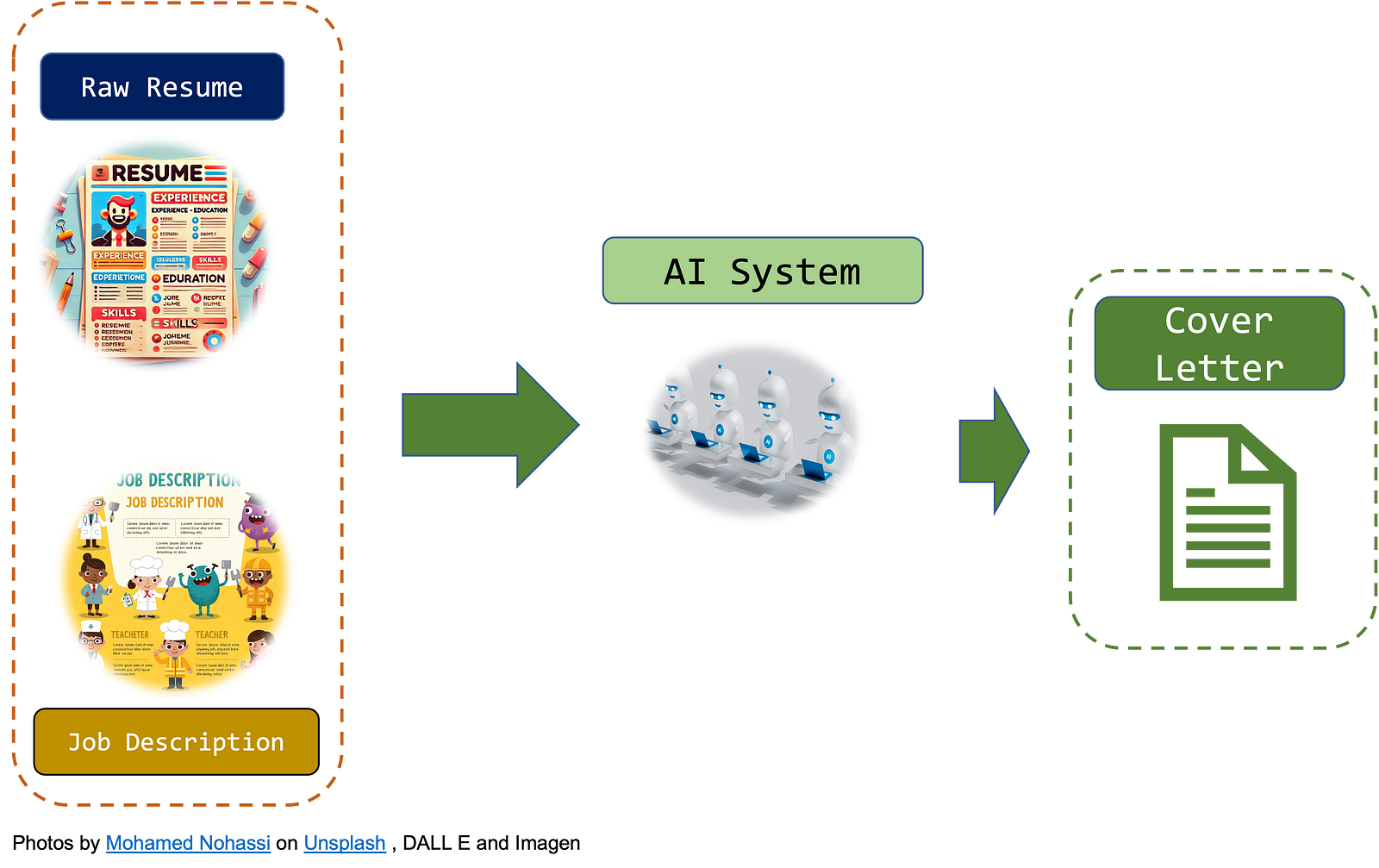Join our daily and weekly newsletters for the latest updates and exclusive content on industry-leading AI coverage. Learn More
Berkeley SkyDeck, the global hub for entrepreneurship and accelerator, along with UC Berkeley College of Computing, Data Science, and Society (CDSS), announced a partnership with Mayfield.
The aims is to support AI-focused, student entrepreneurs with unparalleled access to venture capital and world-class mentorship.
Part of the Mayfield AI Garage initiative, this new program will select three winning innovations from UC Berkeley students, and award them a $25,000 stipend for each founding team member (up to $50,000 per team); admittance to Berkeley SkyDeck’s highly competitive Pad-13 incubator program; acceptance into Nvidia’s Inception program for startups; up to $350,000 in compute credits from Microsoft Azure; and direct mentorship from Mayfield’s team.
“Throughout Mayfield’s 55-year history, we’ve helped early-stage entrepreneurs transform breakthrough ideas into iconic companies. With the advent of AI, we believe it’s more crucial than ever to meet founders where they are in their journey. The Mayfield AI Garage embodies this conviction, providing the capital, mentorship, and resources founders need to take their AI ideas to the next level,” said Navin Chaddha, managing partner at Mayfield, in a statement. “UC Berkeley has phenomenal AI talent, and the SkyDeck accelerator program has a proven legacy of nurturing founders. Partnering together made perfect sense, and we can’t wait to see the exciting AI-based ideas from the first cohort of applicants.”

The new program officially launches on January 22, 2025, with applications open until February 28, 2025. The three winning teams will be announced by April 15, 2025, and the first program will run from May – November 2025. As part of the SkyDeck Pad-13 incubator program, founders will receive access to SkyDeck’s premium workshops, a dedicated mentor from SkyDeck’s 800+ pool of advisors, working space at the SkyDeck penthouse in Berkeley, and additional benefits from resource partners. Pad-13 is an important pipeline for the SkyDeck Accelerator program.

“Berkeley SkyDeck’s partnerships have been pivotal to our success and a key draw for our accelerator companies,” said Chon Tang, founding partner of Berkeley SkyDeck Fund, in a statement. “We are thrilled to be working closely with the Mayfield AI Garage team and offering students unparalleled access to the resources necessary to create successful companies.”
UC Berkeley has long been a leader for startup founders, ranking first for undergraduate alumni founders, first for female founders, first for the number of companies founded by alumni, and first for the amount of venture capital investment raised. This new program, in partnership with Mayfield, seeks to continue that tradition for AI-focused founders. To learn more, visit https://mayfield.ai/berkeley.
Mayfield partners with founders from day zero who see limitless possibilities where others see constraints. Drawing on its 55-year legacy of company building and people-first philosophy, Mayfield bring founder-to-founder expertise to its startups. Mayfield has had over 120 IPOs and 225+ acquisitions. It has $3 billion in assets under management.

Last year, Mayfield launched the Mayfield AI Garage initiative with $100 million focused on ideation-stage founders building AI Teammate companies. This program grew out of Mayfield’s 40-year track record of working with entrepreneurs-in-residence (EIRs). Our EIR program has been the launchpad for numerous successful companies, and we are bringing this proven model to UC Berkeley, providing the same high-touch support and resources to student founders.
I asked Navin Chaddha, managing partner of the Mayfield Fund, why it was good to start so young with AI enterpreneurship while students were still in college.
“I’ve been investing for over two decades and noticed something fascinating: the most transformative companies often come from young founders who approach problems with a “beginner’s mind,” he said in a message to GamesBeat. “History has shown that some of the most successful companies, like Microsoft, Google, and Facebook, were started by students who weren’t constrained by conventional thinking. In the AI era, being young is a superpower.”
He added, “Today’s students are growing up with AI; they’re building with large language models like others use spreadsheets and imagining applications that others might dismiss as impossible. The technical talent coming out of UC Berkeley right now is extraordinary – they are bringing fresh perspectives to hard problems. These students are publishing papers on foundational AI models, winning international competitions, and many are already working on projects that could be the next breakthrough in AI.”
I also asked how many deals may happen in a given time.
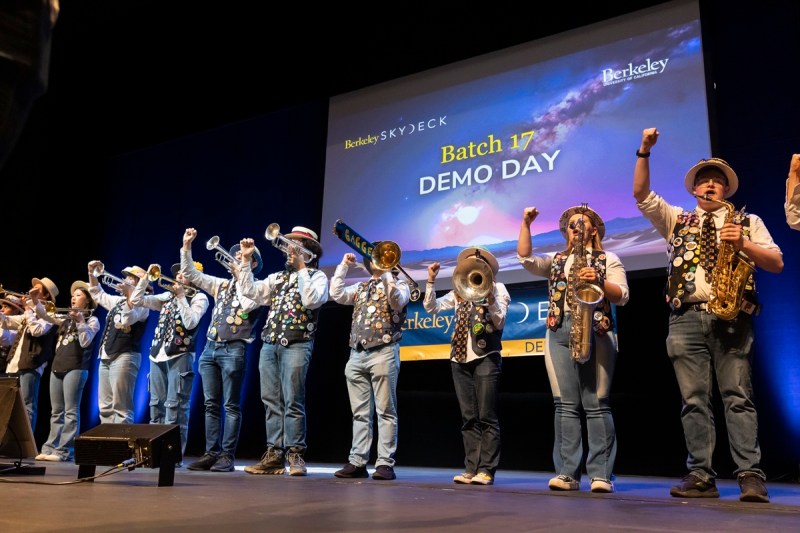
“We’re selecting three student teams to join the Mayfield AI Garage at Berkeley program, but this is just the beginning of a much broader vision,” Chaddha said. “Each team gets a stipend and access to essential tools and resources, but more importantly, they get mentorship from our team and access to our entire ecosystem to help move from ideation to a full-fledged startup.”
And he said, “Through our partnerships with Nvidia and Microsoft, these teams will get direct access to cutting-edge AI infrastructure and technical expertise. Being part of UC Berkeley SkyDeck’s Pad-13 program is also transformative – it puts these founders at the heart of UC Berkeley’s entrepreneurial ecosystem, connecting them with other founders, faculty, and SkyDeck’s network of industry advisors.”
And I asked about competing programs and why Berkeley SkyDeck was the right choice.
Chaddha said, “Silicon Valley has numerous accelerators and incubators that provide capital and resources in exchange for equity, but we’ve structured the Mayfield AI Garage at Berkeley program differently. Rather than taking a broad-based approach, we’re creating a launchpad for three student teams to explore if their AI ideas can turn into companies – with no strings attached. We’re not taking equity or requiring incorporation; instead, we’re providing capital, mentorship from our team, and access to our entire network at this idea exploration stage.”
He added, “Training large language models or running extensive experiments can be prohibitively expensive. Accessing resources like Microsoft Azure compute credits or Nvidia’s Inception program requires being a venture-backed company, which can be a significant barrier for students. We are removing these obstacles entirely. Teams also get access to Berkeley Skydeck’s Pad-13 incubator program.”
And he closed by saying, “Our partnership with UC Berkeley builds on our long history of backing successful Berkeley founders, including Poshmark, Cloudgenix, MindsDB, BigPanda, Rancher Labs, and Mammoth Biosciences. UC Berkeley is a powerhouse in AI research, particularly in areas like foundation models, data, middleware and tooling, and human-AI interaction. We are excited to partner with UC Berkeley’s CDSS and SkyDeck to make the Mayfield AI Garage at Berkeley a launchpad for student founders building the future of AI. “
Daily insights on business use cases with VB Daily
If you want to impress your boss, VB Daily has you covered. We give you the inside scoop on what companies are doing with generative AI, from regulatory shifts to practical deployments, so you can share insights for maximum ROI.
Read our Privacy Policy
Thanks for subscribing. Check out more VB newsletters here.
An error occured.








